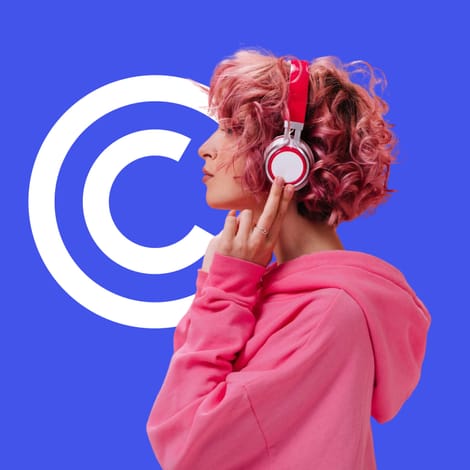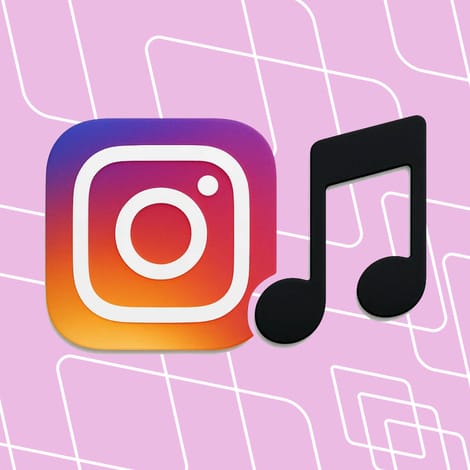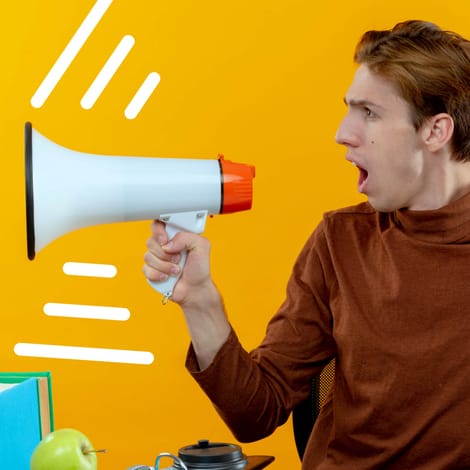Your Complete Guide to Royalty-Free Music in 2025
Discover how royalty-free music works, where to find it, and how to use it legally and creatively in your content, with help from ProTunes One’s AI-powered music library.
Table of contents
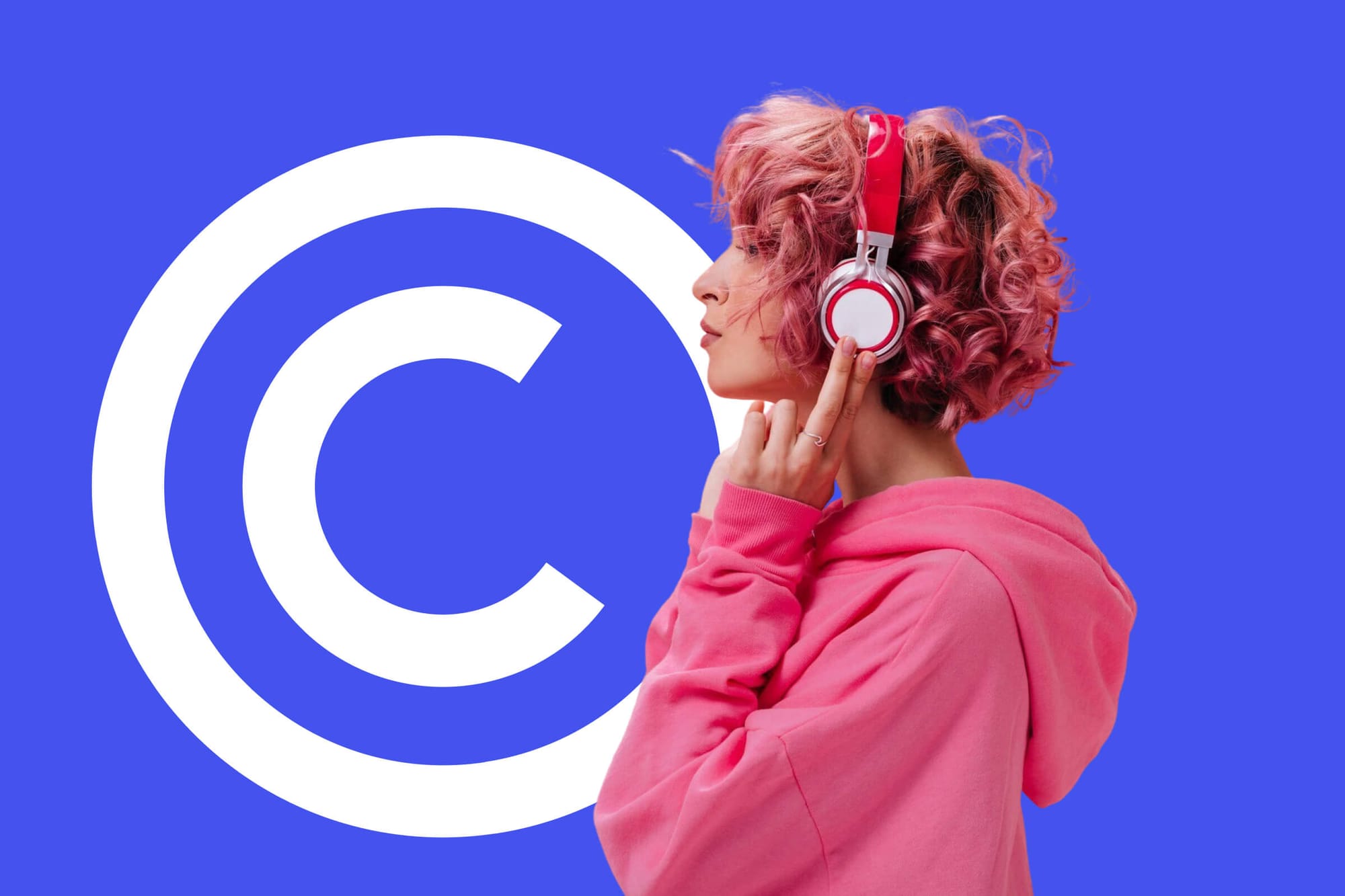
Royalty-free music is one of the most popular tools for content creators, businesses, and filmmakers who want to make the most of their projects without dealing with complicated or expensive licensing agreements.
Because there’s no need to worry about paying ongoing fees or getting caught up in legal red tape, royalty-free music has become an increasingly popular choice for those on a budget or tight deadlines.
Unlike traditional licensing, where you might need to negotiate rights or pay per use royalty-free tracks are often available for a one-time fee (or sometimes even free). This means you can reuse the music in multiple projects without worrying about additional costs every time.
“But where in the world do I find quality royalty-free music, and how can I use it?”
Well, if you’re interested in using royalty-free music in your next project, this guide will explore what it is, where to find it, and how to use it properly (and legally).
Download the perfect soundtrack for your videos with ProTunes One
Sign up to access high-quality music for your projects.
Sign Up NowWhat is Royalty-Free Music?
Before we get into the weeds, let’s ensure we have our vocabulary down.
“Royalty-free music” refers to a type of music licensing that allows you to use a track without paying ongoing royalties or fees after the initial purchase or licensing.
Essentially, when you buy royalty-free music, you pay a one-time fee, and the track is yours to use for various purposes, sometimes without limitations on how many times or where it can be used.
Royalty-Free vs. Rights-Managed Music
It’s easy to confuse royalty-free music with other types of music licensing, particularly rights-managed music. The key difference lies in how the tracks are licensed and how much you’ll pay over time.
With rights-managed music, you’ll typically pay fees based on factors like the length of time the music will be used, where it will appear (TV, film, online, etc.), and how many people will hear it.
If you choose rights-managed music, licensing can get complicated, and you might end up paying for each new use of the track or for different distribution regions.
In contrast, with royalty-free music, once you pay for the license, you generally don’t have to worry about additional costs as long as the usage fits within the license terms.
What Do "Royalty-Free," "Licensing," and "Usage Rights" Really Mean?
- Royalty-Free: The term "royalty-free" means that after you’ve made an initial payment for the track, you don’t need to pay additional fees each time you use it. However, it’s important to note that "royalty-free" doesn’t mean "copyright-free" (which we’ll explain in a moment). It simply means you are not required to pay royalties based on your usage.
- Licensing: Licensing refers to the legal permission to use music in your project. When you license music, you are granted certain rights to use the track under specific conditions. The terms of the license will specify how the music can be used, where it can be used, and for how long.
- Usage Rights: This term refers to the specific permissions from the music provider regarding using a track. For example, some royalty-free licenses allow you to use the music in videos for YouTube but not in television ads. Make sure to review the usage rights in any royalty-free license agreement to avoid any issues down the road.
Common Misconceptions About Royalty-Free Music
There are a few common misunderstandings about royalty-free music that are worth clearing up before we go any further:
- Royalty-Free = Copyright-Free: This is one of the biggest myths surrounding royalty-free music. Royalty-free music is still copyrighted, meaning the creator or music library owns the track. When you purchase a royalty-free license, you simply buy the right to use the track but don’t own it. You can’t claim or resell it as your own unless the specific license allows it.
- Royalty-Free Music is Low-Quality or Generic: Some people think royalty-free music is inferior or sounds too much like stock music. In reality, many high-quality, royalty-free tracks are available from professional composers and music libraries. The key is knowing where to look and what fits your project’s needs.
- You Can Use It Anywhere Without Restrictions: Just because music is royalty-free doesn’t mean there are no restrictions. Usage rights still apply, and checking what’s allowed in the licensing terms is essential.
How Royalty-Free Music Works
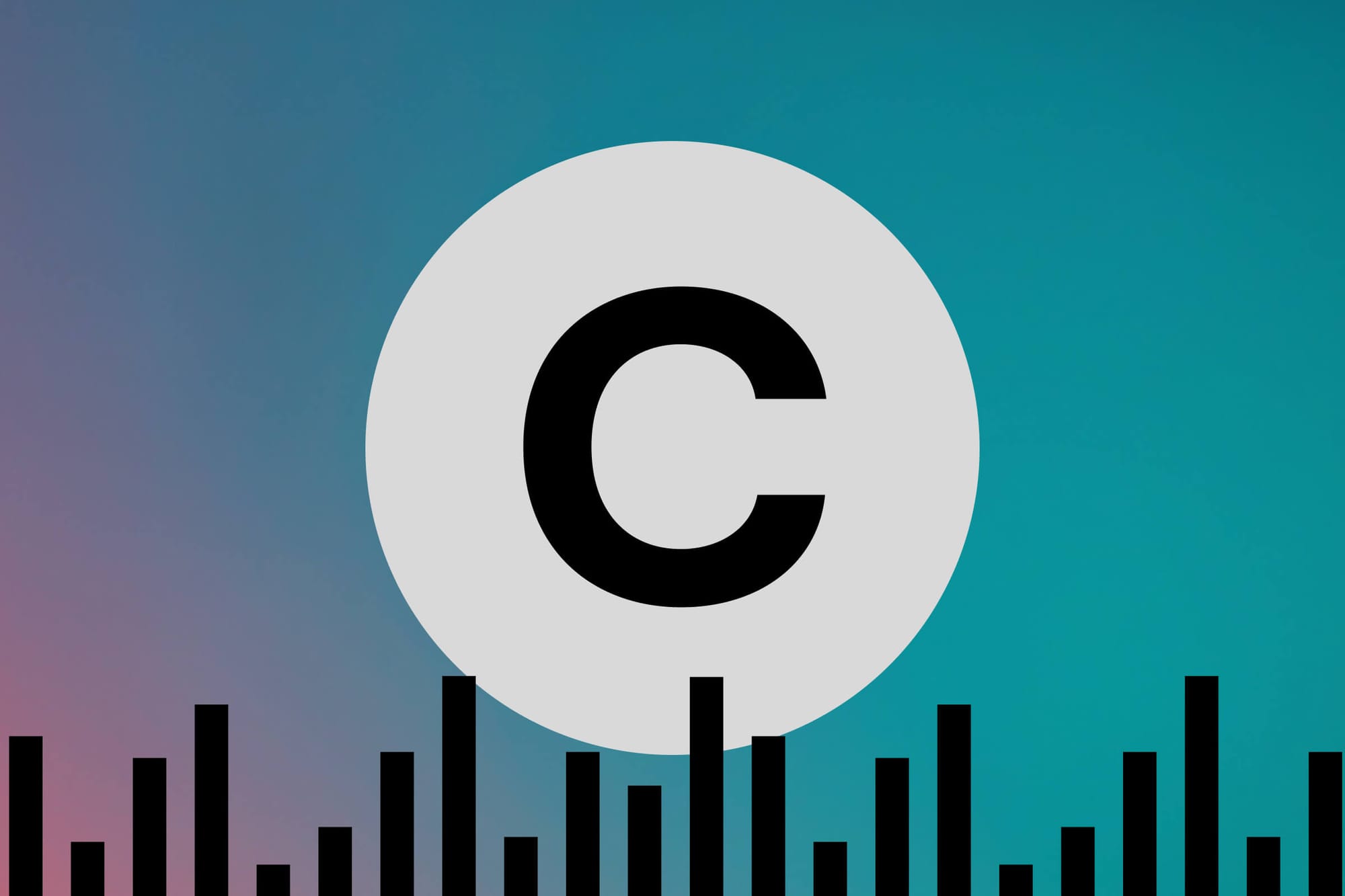
If you want to use royalty-free music in your content, you must first understand how it works, starting with the initial licensing process.
Licensing Process for Royalty-Free Music
When you choose a royalty-free track for your project, the licensing process is relatively simple. The main steps usually include:
- Selecting a Track: You start by browsing a music library or platform for royalty-free tracks. Depending on the service, you can often filter by genre, mood, tempo, and intended use to find the right piece for your project.
- Purchasing the License: Once you've found the track, the next step is purchasing a license. This typically involves choosing a specific license that matches your needs. The cost can vary based on the license type, the track's popularity, and the intended use of the music. Some libraries offer single-track licenses, while others might provide subscription plans.
- Purchasing the License: Once you've found the track, the next step is purchasing a license. This typically involves choosing a specific license that matches your needs. The cost can vary based on the license type, the track's popularity, and the intended use of the music. Some libraries offer single-track licenses, while others might provide subscription plans.
- Downloading the Track: After completing the purchase, you can download the track in the appropriate format (e.g., MP3, WAV, or AIFF). At this point, the music is ready to be integrated into your project.
- Using the Track: With the license in hand, you can use the music in your content within the agreed-upon terms during the licensing process. Again, be sure to review the specific rights granted!
Download the perfect soundtrack for your videos with ProTunes One
Sign up to access high-quality music for your projects.
Sign Up NowPurchase Options: Single-Track Licenses vs. Subscription-Based Models
There are two primary ways to purchase royalty-free music: single-track licenses and subscription-based models. Both have advantages, and the best choice depends on the frequency and scale of your music needs.
With a single-track license, you pay for a specific piece of music once, and it’s yours to use in your project according to the terms of the license. This might be the best choice if you only need a few tracks for a particular project or don’t require music regularly.
A subscription-based model is more cost-effective if you need music on an ongoing basis or require multiple tracks for various projects. These models typically offer a monthly or annual fee that grants you access to a large music catalog, so you can download as many tracks as you need during the subscription period.
How Licenses Are Granted and the Rights They Provide
When you purchase a royalty-free track, you get a license to use the music in a specific way. Licenses will typically outline the following parameters:
- Usage Rights: The license will specify where and how to use the music, such as on online platforms (like YouTube), commercials, apps, films, and podcasts. Some licenses limit the use of specific media or geographical areas.
- Duration of Use: Most royalty-free licenses allow you to use the track indefinitely. However, certain licenses might restrict how long you can use the music in certain contexts, such as for a specific campaign duration or project lifespan. You may also continue using the track without a subscription, though the licensor will have the opportunity to monetize it (e.g., ad revenue via YouTube).
- Exclusivity: The majority of royalty-free music is non-exclusive, meaning other people can purchase and use the same track. If you want exclusive rights to a specific track (so no one else can use it), you’d need to negotiate an exclusive license, which is generally more expensive.
- Modifications: Some licenses allow you to modify the track to suit your needs (e.g., editing the length or adjusting the composition), while others may restrict this.
Examples of How You Can Use Royalty-Free Music
While there are endless ways to use royalty-free music, some of the most common uses include:
- YouTube Videos: You can use royalty-free music in everything from vlogs and tutorials to product reviews and background music for live streams.
- Commercials: If you’re producing an ad for a major brand or a local business, royalty-free music can give your commercial a professional sound without the often expensive cost of licensing fees associated with popular commercial music.
- Podcasts: Royalty-free music is a fantastic option for podcasters who need intro or outro music!
- Films and Documentaries: Filmmakers often turn to royalty-free music to underscore key moments in their movies, documentaries, or short films.
- Apps and Video Games: Since app and video game developers might require a large volume of music tracks, having royalty-free music is much easier.
Benefits of Using Royalty-Free Music
If it wasn’t clear already, there are endless reasons to choose royalty-free music over traditional music licensing. Some of the biggest benefits include:
Cost-Effectiveness
While there is certainly no substitute for it, it’s no secret that custom music can be expensive.
Hiring a composer to create something unique or licensing tracks from big-name music libraries can quickly drain a small budget. However, with royalty-free music, you can access high-quality tracks for a fraction of the price.
Legal Safety
Copyright issues? No thanks! When you use music that's not licensed properly, you open yourself up to all kinds of problems. We’ve all heard the horror stories of YouTubers getting their content taken down or hit with hefty fines.
With royalty-free music, buy a license, and you’re good to go.
Time-Saving
Time is money, right? If you’re trying to hit a deadline or create a ton of content fast, you don’t have time to wait on custom tracks or dig through licensing agreements.
You can skip the waiting game with royalty-free music and get right to work. Need a new track for your vlog? Just browse, find what you like, and download it in a couple of minutes.
Versatility
Royalty-free music is super flexible, which makes it perfect for all kinds of projects, including YouTube videos, social media ads, podcasts, or films.
Depending on the tracks you download, you can use them as background music, intros, outros, or even the main soundtrack!
High-Quality Royalty-Free Music from ProTunes One
ProTunes One is not your typical royalty-free music platform. It's the first AI-driven music service that transforms real artist loops into unique, high-quality tracks. And the best part? Every track you find on ProTunes One is legally safe to use immediately and globally, so you can publish your content anywhere without worrying about copyright issues.
What really sets ProTunes One apart is its Magical Music Search feature. Whether you describe your needs with a few words, upload a video, or even use an image, ProTunes One's AI can instantly find the perfect track for your project. It’s fast, intuitive, and super easy to use. No more endless scrolling through tracks or struggling to find that "just right" sound.
Plus, unlike many other services, ProTunes One offers unlimited usage across all platforms, including social media, podcasts, digital ads, games, TV shows, apps, you name it. No restrictions. Just high-quality music for any type of project, big or small. And if you’re a content creator working with a tight budget, ProTunes One’s pricing plans start at just €4.99.
How to Make the Most Out of Royalty-Free Music in Your Projects
To make the most of your royalty-free music, you need to think creatively about integrating the music into your project.
Creative Integration: Music as Part of the Storytelling
The most effective way to use royalty-free music is to make it part of the story you're telling.
In video editing, this means choosing tracks that match the visuals' pacing, tone, and atmosphere. If you’re working on a high-energy product promo, for instance, you might want to use funky or upbeat music, while for something more emotional, like a documentary or personal vlog, a softer acoustic or ballad-style instrumental track might do the trick.
Consider how your sound effects, voiceovers, and music all interact in your projects, too!
Mixing and Editing Royalty-Free Tracks
One of the best things about royalty-free music is it's easily customizable. ProTunes One has a variety of tracks that can be easily edited to fit your needs, but it’s up to you to make them sound like they were made for your project.
Here are a few tips for customizing tracks:
- Adjust the tempo: Sometimes, a track may feel too fast or too slow. Don’t be afraid to adjust the tempo to better fit the pace of your video!
- Layering: Add layers to your track to make it feel more personal, such as sound effects or dialogue. You can even take different sections of a track and splice them together in a way that suits your project!
- Fades: For smooth musical transitions, use fade-ins or fade-outs to help the music blend more naturally with everything else.
- EQ adjustments: Sometimes, you only need a bit of friendly EQ to help your music fit your project.
When to Consider Custom Music Over Royalty-Free
Now, while royalty-free music is a great choice for most projects, there are scenarios where custom music might be more appropriate; if you're working on a large-scale project with a specific vision, such as a commercial campaign or a branded film, you may want something truly unique that fits your exact needs.
Check out our guide on the Science of Audio Branding.
For example, a custom score will be more useful if you have a unique sound that can’t be found in any existing library. Custom music also provides perfect timing, allowing you to sync your music with specific visuals or actions.
Final Thoughts
While learning about music licensing might not be the most glamorous part of content creation, I can’t stress its importance.
Hopefully, with this guide, you now understand the basics of music licensing, what “royalty-free” really means, and how it can be useful, giving you the flexibility, peace of mind, and freedom to focus on what matters most.
Don’t let your budget or licensing limitations hold back your creativity. Instead, check out ProTunes One!
Our extensive background music library and intuitive AI-powered search help you zero in on the perfect track in seconds. No copyright headaches. No sneaky royalties. Just high-quality music, ready for your next YouTube video, podcast, ad, or TikTok trend.
Why compromise? Start browsing now and bring your next project to life with the perfect sound.

